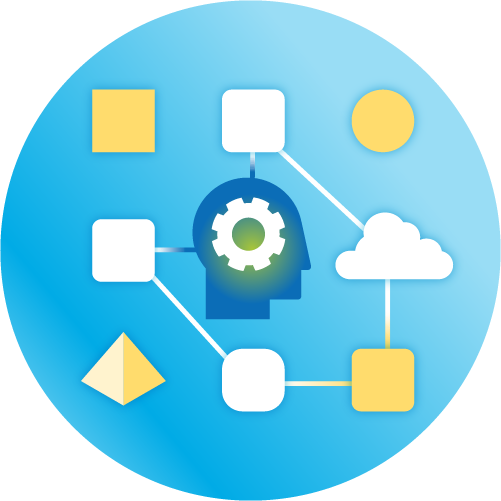- SS&C Blue Prism Community
- Get Help
- Product Forum
- /api/v7/workqueues
- Subscribe to RSS Feed
- Mark Topic as New
- Mark Topic as Read
- Float this Topic for Current User
- Bookmark
- Subscribe
- Mute
- Printer Friendly Page
- Mark as New
- Bookmark
- Subscribe
- Mute
- Subscribe to RSS Feed
- Permalink
- Email to a Friend
- Report Inappropriate Content
08-08-23 04:31 AM
Dear All,
Anyone uses this API to retrieval work queue ifrom BP?
I noticed that it returns one pagingtoken with top 10 queue from BP by default, even I include name[eq] as a parameter. same for name[strtw] etc.
Any ideas?
Thanks,
Eric
------------------------------
Hanyuan Cai
------------------------------
Answered! Go to Answer.
Helpful Answers
- Mark as New
- Bookmark
- Subscribe
- Mute
- Subscribe to RSS Feed
- Permalink
- Email to a Friend
- Report Inappropriate Content
19-10-23 06:52 PM
Hi Eric,
To retrieve more than 10 work queues using the Blue Prism API, you would typically need to use pagination. Pagination is a common feature in APIs that allows you to retrieve data in smaller chunks, or "pages", rather than all at once. This is especially useful when dealing with large amounts of data, as it can help to prevent overwhelming the server or client with too much data at once.
In the context of the Blue Prism API, each "page" of data would correspond to a set of work queues. The API returns a certain number of queues (in this case, 10) by default, and provides a paging token that you can use to retrieve the next set of queues.
To retrieve more than 10 queues, you would need to make multiple requests to the API, using the paging token from each response to retrieve the next set of queues. This process would continue until you have retrieved all the queues you need.
I tested this in Swagger by manually entering the pagingToken from my first request into the "workQueueParameters.pagingToken" field and it returned the next set of queues that matched my criteria.
Hopefully this helps!
------------------------------
Justin Shea
------------------------------
- Mark as New
- Bookmark
- Subscribe
- Mute
- Subscribe to RSS Feed
- Permalink
- Email to a Friend
- Report Inappropriate Content
19-10-23 06:52 PM
Hi Eric,
To retrieve more than 10 work queues using the Blue Prism API, you would typically need to use pagination. Pagination is a common feature in APIs that allows you to retrieve data in smaller chunks, or "pages", rather than all at once. This is especially useful when dealing with large amounts of data, as it can help to prevent overwhelming the server or client with too much data at once.
In the context of the Blue Prism API, each "page" of data would correspond to a set of work queues. The API returns a certain number of queues (in this case, 10) by default, and provides a paging token that you can use to retrieve the next set of queues.
To retrieve more than 10 queues, you would need to make multiple requests to the API, using the paging token from each response to retrieve the next set of queues. This process would continue until you have retrieved all the queues you need.
I tested this in Swagger by manually entering the pagingToken from my first request into the "workQueueParameters.pagingToken" field and it returned the next set of queues that matched my criteria.
Hopefully this helps!
------------------------------
Justin Shea
------------------------------
- Mark as New
- Bookmark
- Subscribe
- Mute
- Subscribe to RSS Feed
- Permalink
- Email to a Friend
- Report Inappropriate Content
20-10-23 02:56 AM
@justin.shea, thanks for your response.
Exactly as you said, we created one loop to monitor the paging token in order to retrieve all the workqueue information from the API. Thanks again.
------------------------------
Hanyuan Cai
------------------------------

